Choosing a durable barcode ribbon slitting machine needs to consider key indicators such as equipment performance, material, technical adaptability and after-sales service. Here are the specific key indicators and purchase recommendations:
1. Core Performance Indicators
• Slitting accuracy
◦ Standard requirements: The error range usually needs to be controlled within ±0.1mm, and the high-precision model can reach ±0.05mm.
◦ Impact: Insufficient accuracy can cause frizz on ribbon edges, jamming, or breakage when printing.
◦ Verification method: Ask the supplier to provide a sample slitting test to measure the deviation of the actual slitting width from the set value.
• Slitting speed
◦ Conventional models: 10-30 m/min, high-speed models can reach more than 50 m/min.
◦ Balance point: Accuracy may be sacrificed if the speed is too fast, so it needs to be selected according to the capacity demand. For example, small and medium-sized businesses can choose medium speeds (20 m/min), and large production lines require high-speed models.
• Scope of applicable materials
◦ Compatibility: Wax-based, mixed-based, resin-based ribbons, as well as PET, BOPP and other film materials need to be supported.
◦ Special requirements: If you are slitting fragile materials (such as thin resin tape), you need to confirm whether the equipment has anti-static or tension fine-tuning functions.
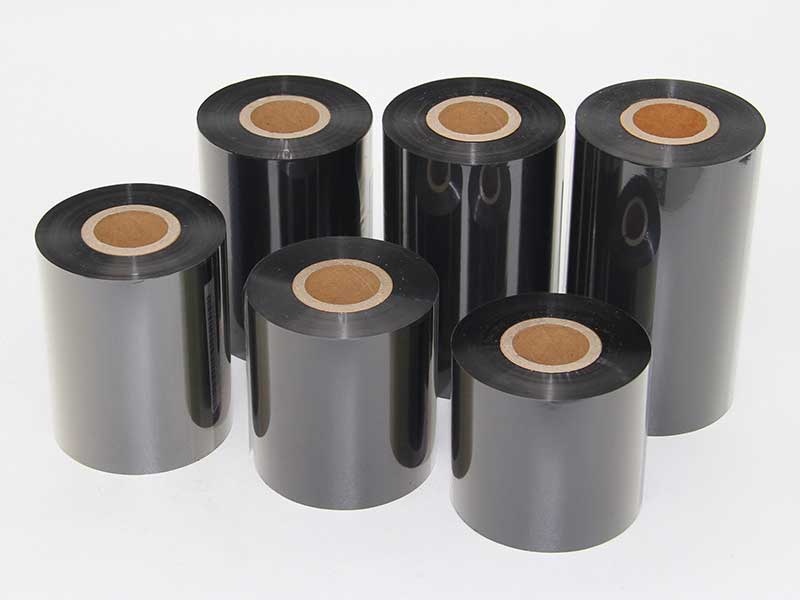
2. Mechanical structure and durability
• Body material
◦ All-steel frame or aluminum alloy body is preferred to avoid plastic parts (easy to deform after long-term use).
◦ Key components (such as tool holders and guide rails) need to be made of hardened steel or ceramic for greater wear resistance.
• Cutting system
◦ Blade type: Round blades (for high-speed slitting) are more durable than flat blades and require a replaceable or self-sharpening design.
◦ Drive mode: servo motor drive is more stable than stepper motor, and it is not easy to lose steps after long-term use.
• Tension control
◦ Closed-loop tension control system with real-time feedback avoids stretching or wrinkling of the material, which is especially critical for thin ribbons.
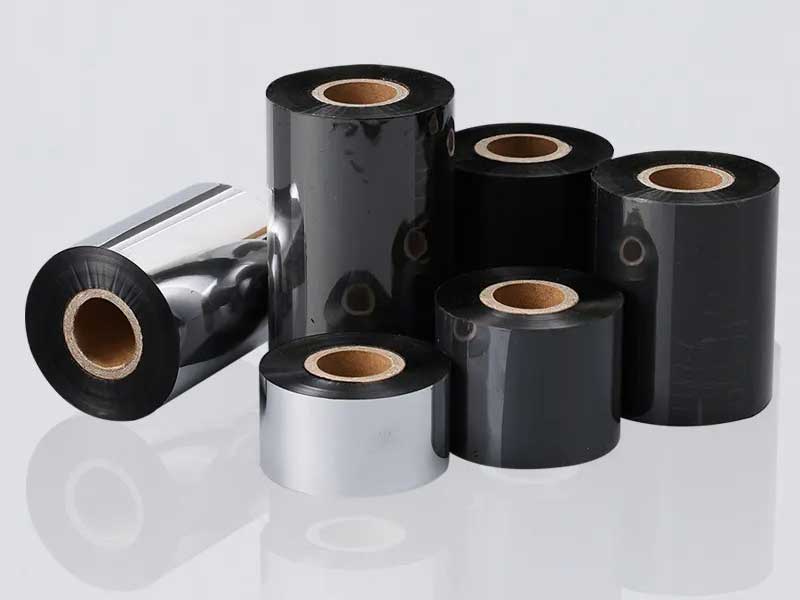
3. Automation and intelligent functions
• Automatic web guiding system
◦ Photoelectric sensor + automatic adjustment of the roller to ensure that the material does not deviate during the slitting process (the error exceeds 0.5mm, an alarm is required).
• Human-computer interface
◦ Touch screen control, support parameter presets (such as different ribbon widths, tension values), and fault diagnosis prompts.
• Data Logging
◦ The advanced model can record the slitting length, the number of failures, etc., which is convenient for optimizing the production process.
4. After-sales service
◦ Key points: warranty period (at least 1 year), spare parts supply speed (in place within 72 hours), technical support (remote guidance or on-site service).
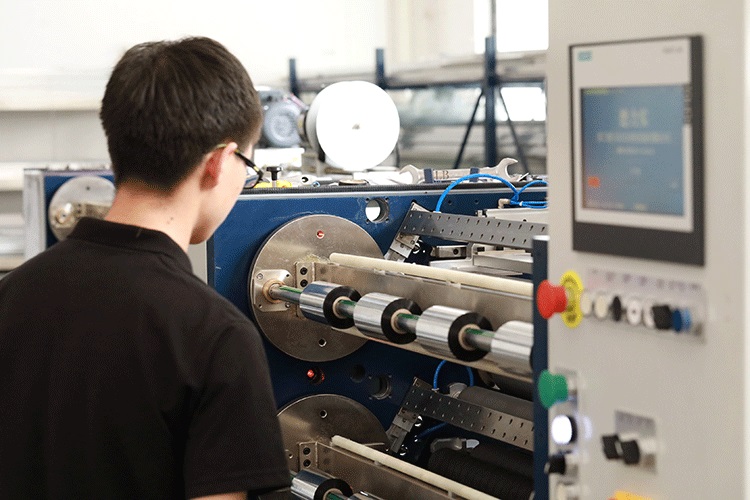
5. Cost and scalability
• Total Cost of Ownership (TCO)
◦ In addition to the price of the equipment, it is necessary to calculate the consumables (blade replacement frequency), energy consumption (servo motors are more energy-saving), and labor costs (equipment with a high degree of automation saves manpower).
• Extended functionality
◦ Reserved interfaces: In the future, it may be necessary to upgrade the Internet of Things (IoT) or connect to the MES system.
◦ Modular design: for example, a quality inspection camera can be installed (to detect slitting defects).
Suggestions for the purchase process
1. Clarify the requirements: determine the type of slitting material (such as whether high-temperature resistant resin tape is needed) and the average daily production capacity (such as high-speed models for more than 50,000 meters per day).
2. Field test: The supplier is required to provide prototype test cutting to observe the slitting effect and equipment stability (continuous operation for more than 4 hours without failure).
3. Compare schemes: comprehensive scoring performance (40%), price (30%), service (30%), avoid simply pursuing low prices.
Through the screening of the above indicators, the failure rate of the equipment can be greatly reduced and the service life can be extended (the high-quality slitting machine can usually reach 8-10 years). If you have a limited budget, you can prioritize precision and core component materials, compromising speed or intelligent functionality.
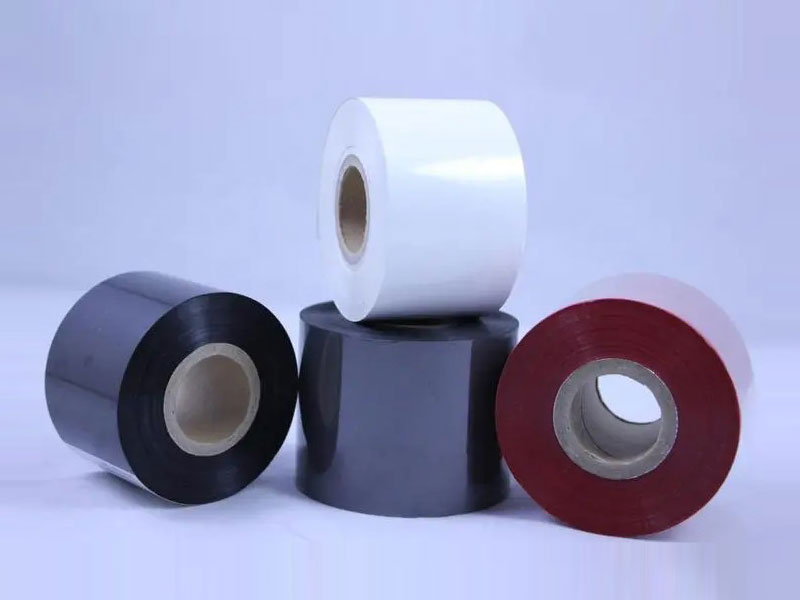 Cost reduction and efficiency improvement: how ribbon slitting machine reshapes the value of the barcode label industry chain
Cost reduction and efficiency improvement: how ribbon slitting machine reshapes the value of the barcode label industry chain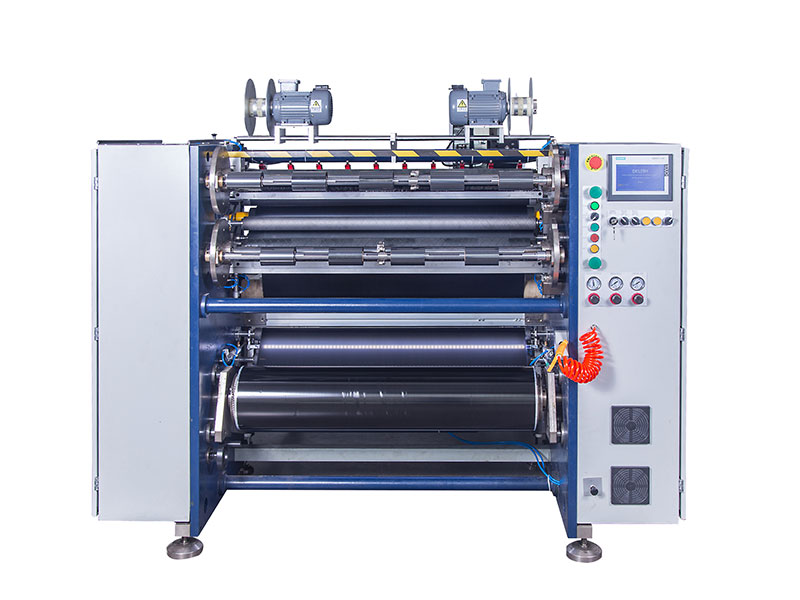 Say goodbye to waste and errors: the practice of modern ribbon slitting machines in the barcode ribbon industry to reduce costs and increase efficiency
Say goodbye to waste and errors: the practice of modern ribbon slitting machines in the barcode ribbon industry to reduce costs and increase efficiency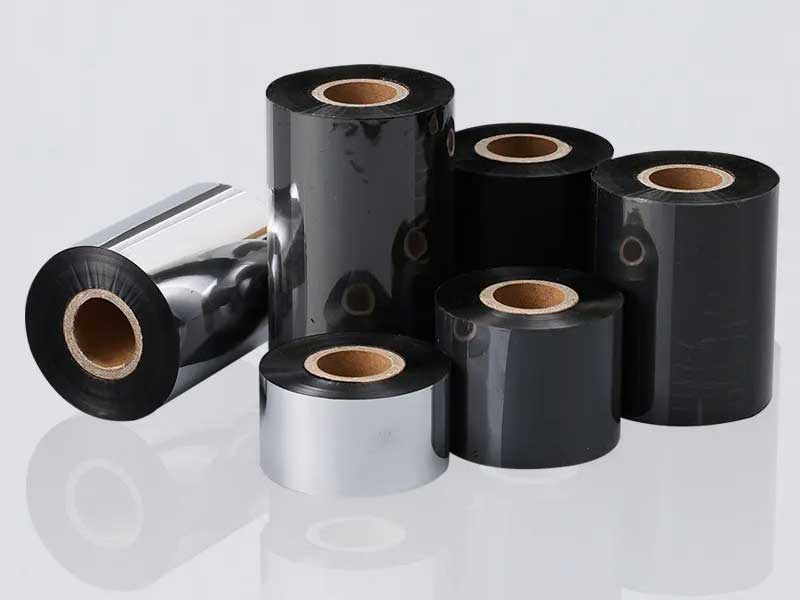 Why does ribbon slitting quality directly affect the barcode printing effect?
Why does ribbon slitting quality directly affect the barcode printing effect? Quick-change design: a strategy to reduce downtime for barcode ribbon slitters
Quick-change design: a strategy to reduce downtime for barcode ribbon slitters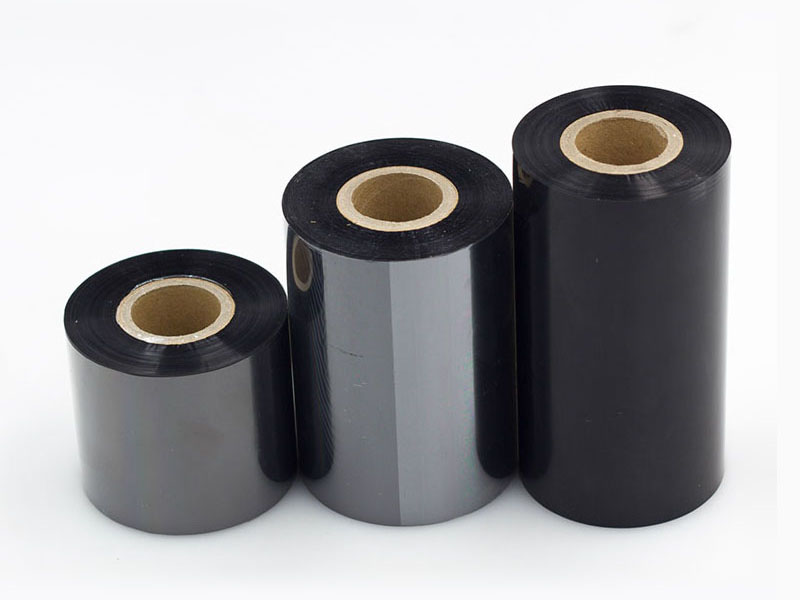 Reducing Waste: How Can Barcode Ribbon Slitting Machine Help Enterprises Save Costs?
Reducing Waste: How Can Barcode Ribbon Slitting Machine Help Enterprises Save Costs?